Affiliate links on Android Authority may earn us a commission. Learn more.
Wearable technology & ARM - the next frontier
Published onJune 5, 2014
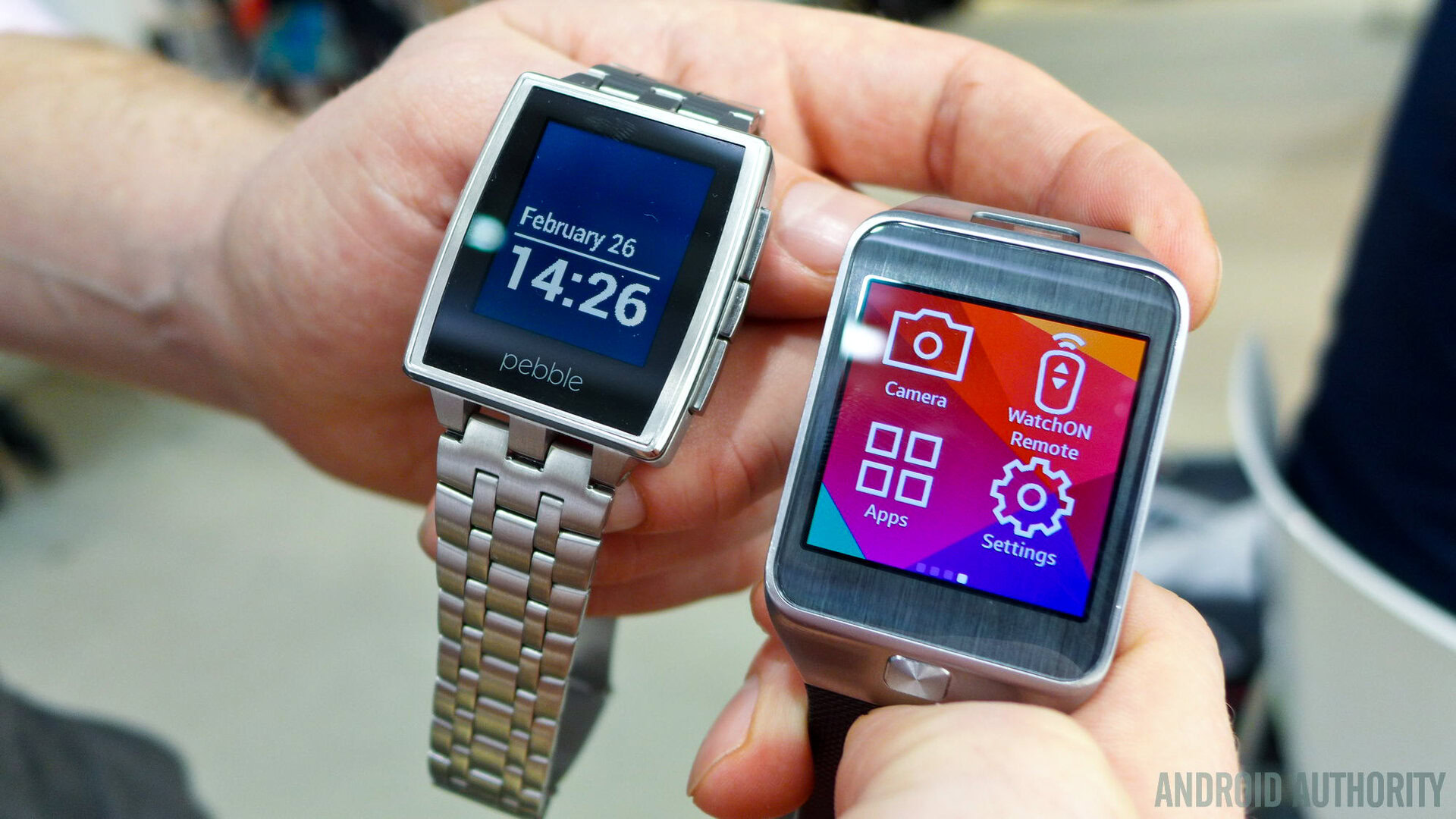
Wearable technology is garnering a lot of attention as the next big thing in the mobile industry. Growth forecasts from IDC suggest that the global market for wearables will grow from around 19 million unit shipments this year to a massive 111.9 million units by 2018.
Many of the big names in the smartphone game have already launched or are planning to release their own lineup of smartwatches and other wearable technologies later this year. There is already a wide variety of designs and purposes for wearables, but you will find that they all have one thing in common – an ARM processor powering them.
ARM’s head start in wearables
Just like at the start of the smartphone revolution, ARM has a big head start in this area, especially when it comes to the low-power requirements of wearable technologies. The UK-based processor developer looks set to continue its leadership over the mobile market in this new emerging market segment, and there are already quite a few well known products on the market powered by ARM’s processor technologies.
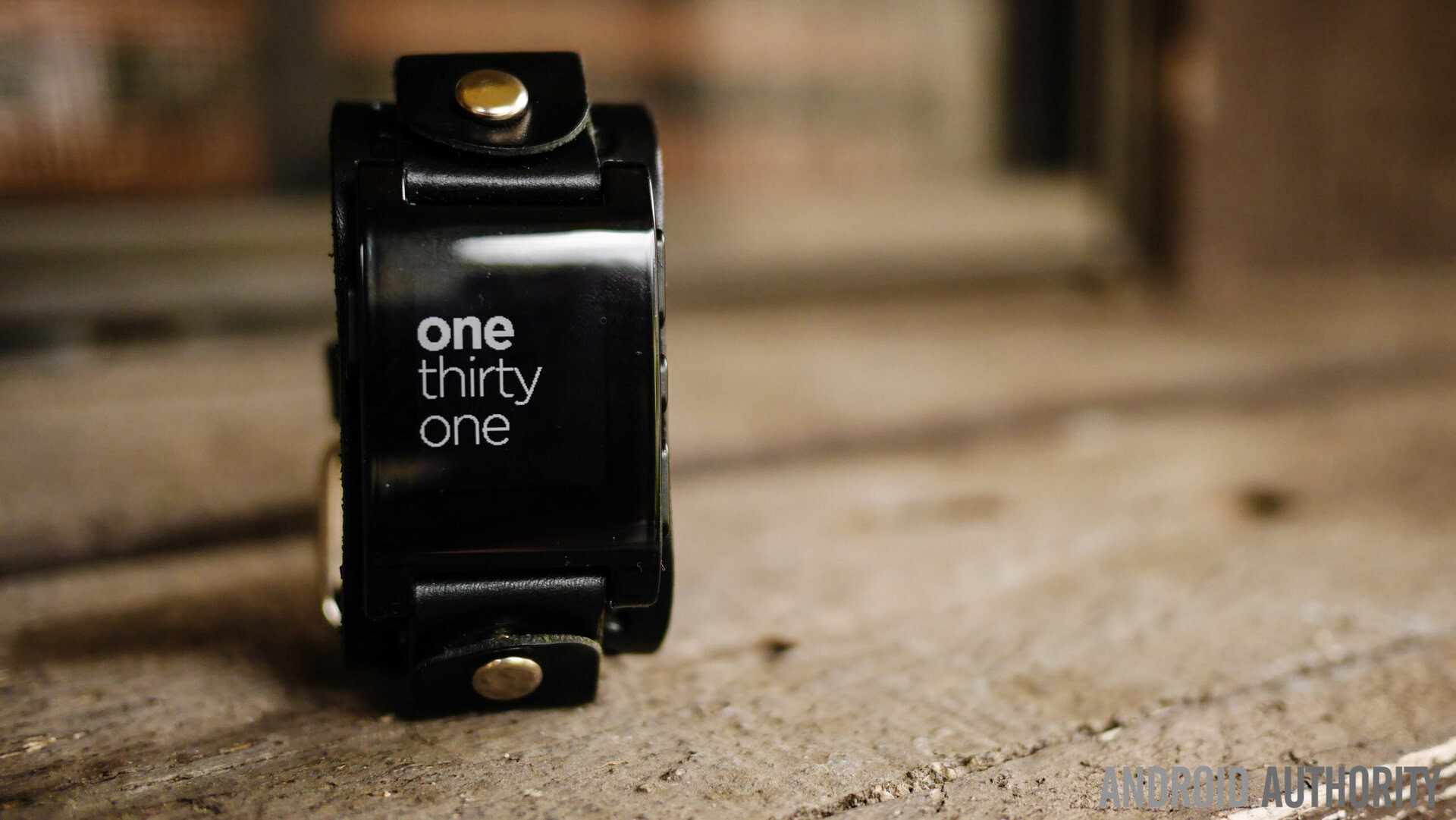
Given the range of different wearables types, sizes, and processing requirements, ARM’s extended portfolio of processors is perfectly suited for this market’s wide range of applications. Interactive wearable devices, like smartwatches, require similar but less power consuming processors compared with smartphones. For example, a 1GHz dual-core ARM powered Exynos 3250 SoC can be found in the Samsung Gear 2, and there’s an underclocked Cortex-A7-based chip destined for the upcoming Moto 360.
ARM’s processor designs can slim down into much less power consuming forms too. The fitness tracking Gear Fit makes use of an even lower power and lower cost 180 MHz ARM Cortex – M4 CPU, not to mention the Qualcomm Toq or Pebble, which both feature a similar 200MHz ARM Cortex M3 . If you know where to look, you’ll even be able to find an ARM design in the Fitbit Flex, in the form of a Cortex M3 based STMicroelectronics microcontroller clocked at just 32MHz.
“Intel is one player, one choice, based on one architecture. On the ARM side it is one architecture, but a multitude of choices, a multitude of options.” Antonio Viana, executive vice president of commercial and global development at ARM
As you can see, ARM has a large range of mobile products that are all rather flexible. Importantly, these processors all share a single architecture. This single architecture has an added benefit for developers, as the same software development tools can be used with the efficient Cortex-M right up to the upcoming ARMv8 64 bit processors. ARM’s latest version of its Developer Studio supports the Cortex-M, Cortex-A, and Cortex-R series of processors.
However, there is one other important distinction to be made about ARM’s processor range, besides different levels of performance, and that’s instruction sets. Instruction sets provide an essential list of commands for the main processor. The familiar Cortex-A range supports the full ARM 32-bit instruction set, while the Cortex-M series uses ARM’s Thumb2 instruction set, a streamlined collection of the most commonly used 32-bit ARM instructions compressed into 16-bit wide opcodes. The condensed instruction set allows developers to get more done with the smaller amounts of memory found in portable Cortex-M devices, at the cost of less efficient code for less frequently used instructions. Thumb2 is an enhancement on the original 16-bit Thumb instruction set, which adds in some 32-bit instructions for improved functionality.
For software developers, there are already a range of compilers available for the Thumb2 instruction set, which we’ll take a look at later. Importantly, as Thumb2 retains the most commonly used instructions from the larger 32-bit set, many programmes can still be efficiently compiled for ARM’s entire processor line-up. As a side note, programmes compiled for Thumb2 will also work on ARM’s Cortex A range of processors.
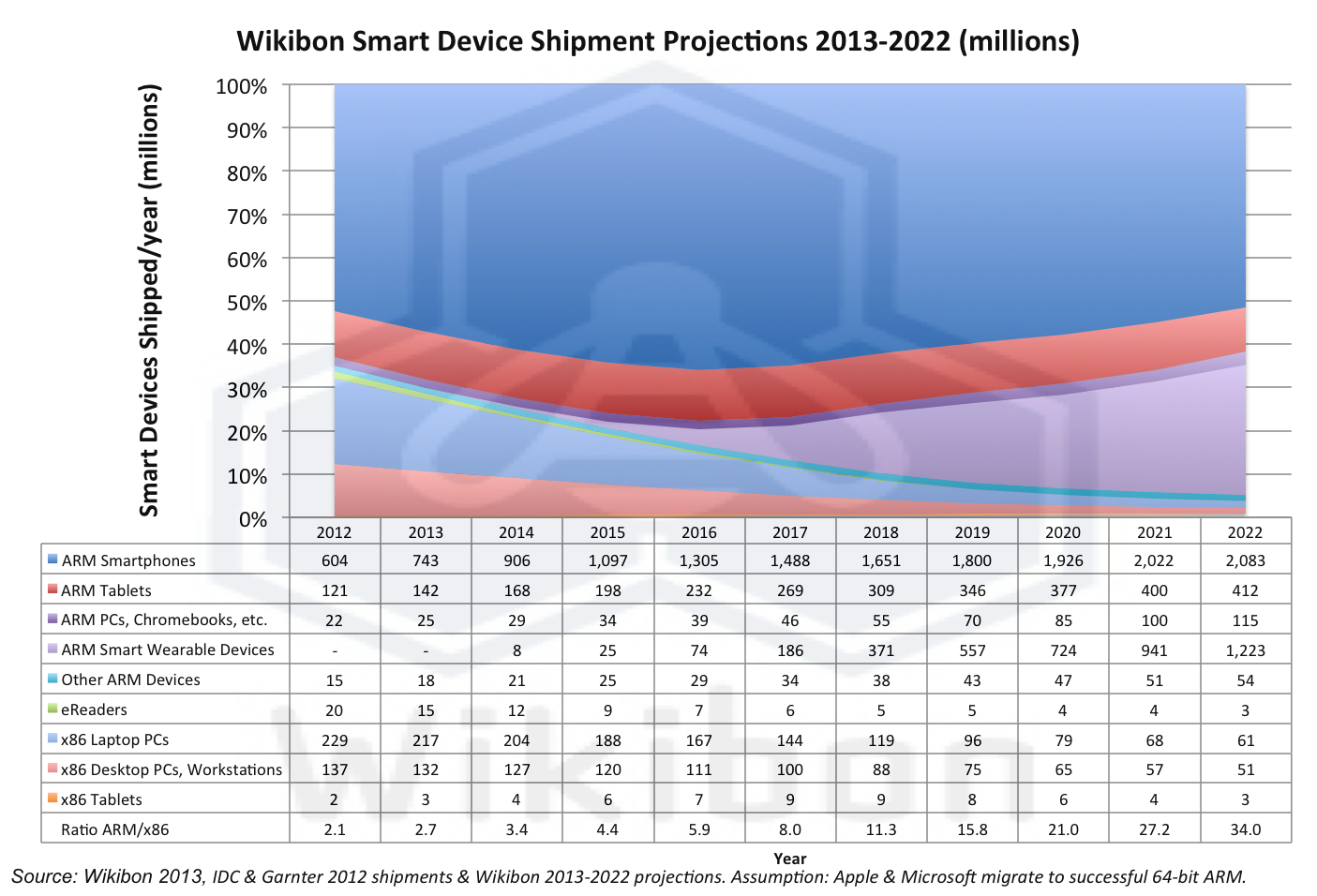
Although all of this is hidden from the user, we’ve already seen the benefits of ARM’s unified architecture, in the range of Android powered wearable products already on the market. In fact, Samsung has even managed to maintain Android and Tizen operating systems on ARM’s hardware, without too much hassle. Whether Cortex-A or Cortex-M based, developers and customers can be sure that software will remain compatible across a range of devices today, and well into the future.
Last month, ARM held a total of 220 licenses, and last quarter signed 11 more for its Cortex-M class processors by chip manufacturers, including four new licensees. Potential uses range from microcontrollers, to smart sensors, the Internet of Things, wearable technology, and everything embedded as well.
Forget quad-core, it’s all about low power
So what is with all this talk of Cortex-M? If you are used to following smartphone processor technology you are probably quite familiar with the Cortex-A range of CPU core designs, such as the popular Cortex – A15 design found in several high performance SoCs. However, with wearables, power consumption has to be kept much lower, which requires different chips and a different design mentality.
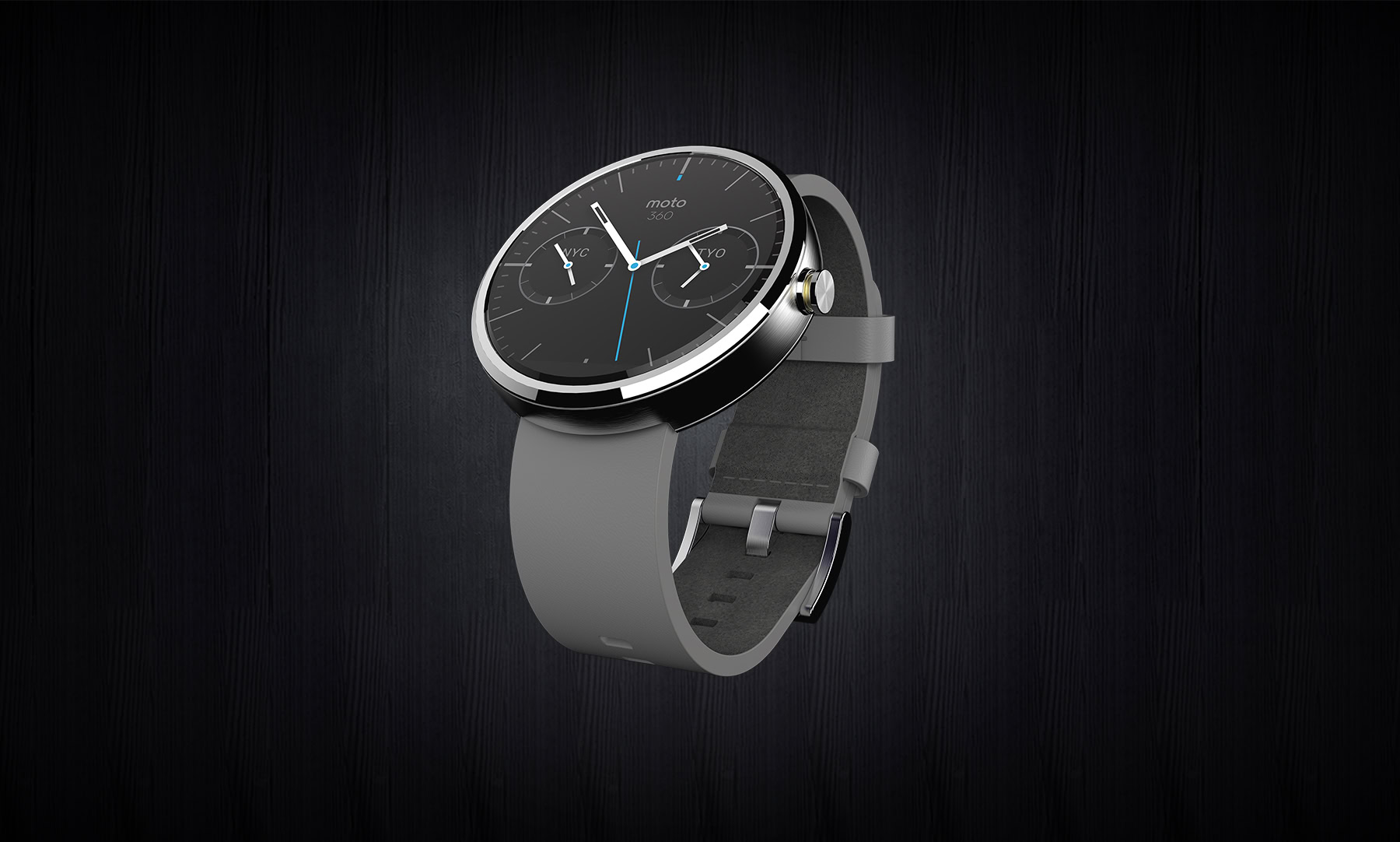
The biggest design considerations for wearables are energy efficiency, battery life, and heat. Wearables don’t have the luxury of 3000mAh cells, instead, devices are lucky if they have batteries larger than 300mAh. Consumers don’t want to have to charge up their devices every couple of days, let alone every few hours. Therefore, silicon manufacturers and partners have to bring the power consumption of their processors down by a factor of 10 or more, in order to help developers construct devices that can last a week on a single charge.
The Cortex-M series is ARM’s range of lower power 32-bit RISC cores; the lineup consists of the Cortex – M0, M0+, M1, M3, and M4, in the order of weakest to strongest in terms of performance. These chips are found in pretty much everything, from hard drives to your HDTV, and every imaginable embedded system in between.
The lowest end of ARM’s Cortex-M range is 32-bit and is made of processors designed for low-cost, low-power microcontroller situations. While these processor are designed with energy efficiency in mind, they play a crucial role in other smartphones and wearables devices. Examples include always-on components, sensor hubs, and Bluetooth connectivity chips.
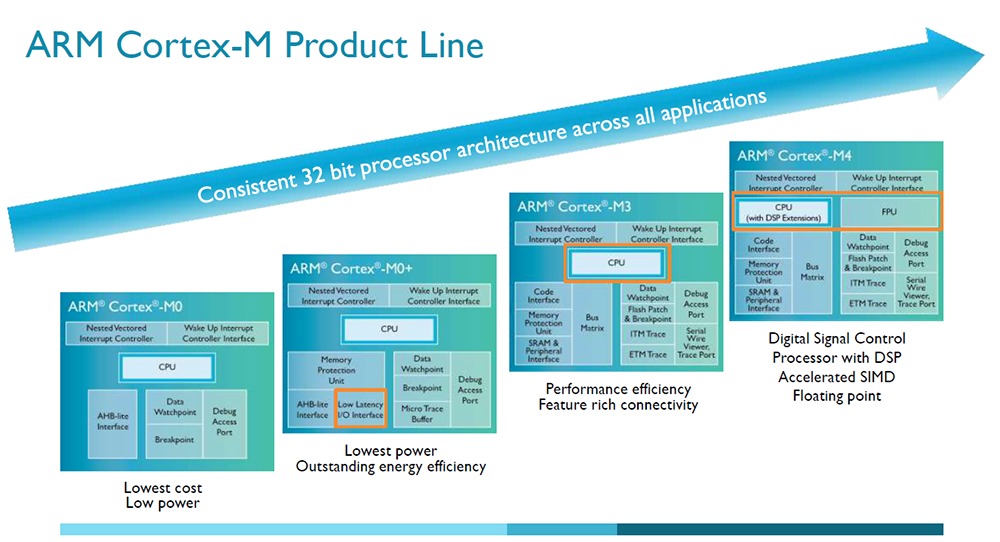
The Cortex-M3 and Cortex-M4, on the other hand, are higher performance, and share a bit more in common with the chips we are used to seeing in smartphones. Both are based on the ARM v7-M architecture, supports ARM’s Thumb2 instruction set, and the Cortex-M4 even comes with Digital Signal Processing capabilities and an optional floating point unit for mathematical calculations. Power efficiency is still crucial in these processors, with clock speeds scaling up to around 200 MHz, compared with the 2000 MHz or more that we’re used see in smartphones.
Cortex - M is a critically important part of ARM’s roadmap
While final power consumption is in the hands of the actual product manufacturer, the little table below should give you some indication as to just how little energy the Cortex-M lineup consumes.
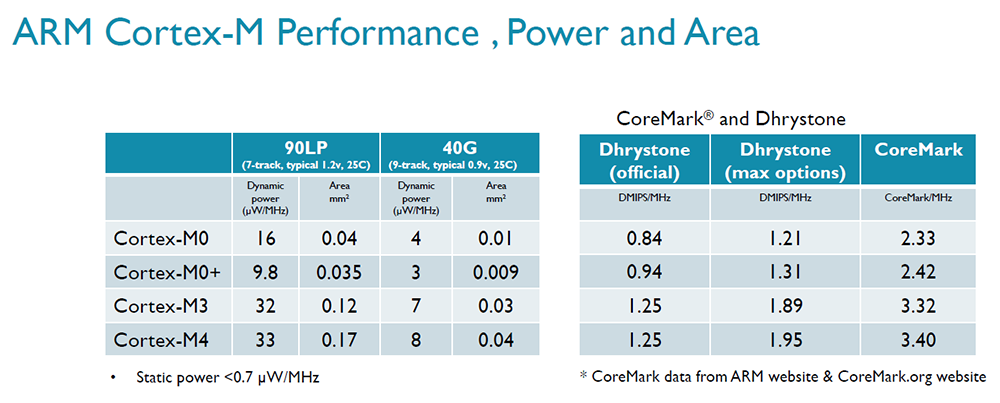
The tiny Cortex – M0, which measures just 0.01 square millimetre, consumes just 4uW (4 microwatts, or 0.000004 watts) per MHz, so 50MHz would consume only 0.2 milli-watts. The more commonly used Cortex – M3 consumes only around 1.4 milli-watts when clocked at 200MHz, as a ballpark estimate. Of course, there are many other components to throw into the mix to build a full circuit, but you get the idea.
The other option for wearable developers is to use entry-level Cortex-A chips for wearables, but the process isn’t just as simple as underclocking and reducing the power voltage for existing chips. Energy efficiency doesn’t scale linearly like that. Instead, the Cortex-A’s modular design allows developers to target other use cases for wearables, without impacting the end users experience. Some components, such as the CPU’s memory caches, can be scaled down, and a few can be omitted completely to save on power and space. Low-power fabrication techniques can also lead to greater efficiency per MHz, at the expense of peak performance, which is not required in a wearable setting.
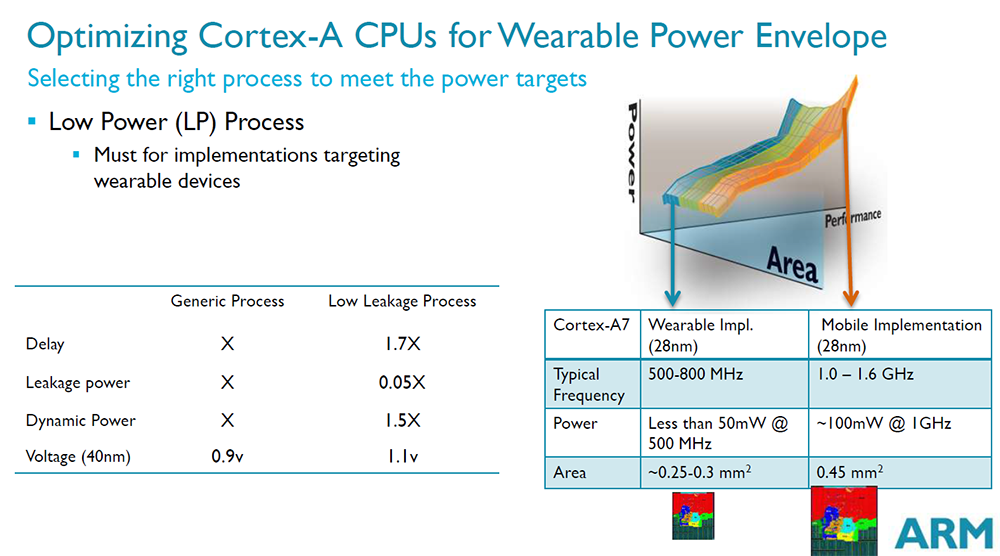
So an important distinction worth noting is that Cortex-A chips found in wearables are not necessarily the same, or as powerful, as the Cortex-A chips found in smartphones or tablets. This is a necessary trade-off to meet the low-power needs of the wearables market: same processor — different configuration — different process node.
A less obvious issue that wearable processor designers need to account for is the heat that the processor gives off. While in smartphones and larger devices, heat is not a major problem, for small devices that are often in contact with the skin, it is important to keep heat emission within comfortable levels. Finally, all of ARM’s mobile processors are fully compatible with other essential wearable technologies, such as low power connectivity standards like Bluetooth Low Energy (BLE), IEEE 802.15 and Z-wave, and always-on sensors. You can find plenty of examples of development boards available with integrated Bluetooth low energy circuits and accelerometers.
Building the perfect wearable
It’s clear that ARM has the tech to power a wide range of products, but when it comes to designing a full product, developers have to get the balance just right. ARM sees a split in the design practices that it recommends to its hardware developers: Cortex-M chips for basic wearables, and a combination of Cortex-A and -M cores for higher-end products.
For basic devices, which typically require extended battery life and little user input, the Cortex-M series is perfect for the job, due to its low power requirements and efficient instruction set. However, devices that are required to work with more advanced user inputs and richer software would benefit from the optimized Cortex-A design, as it offers a better balance of performance and power consumption, and the full ARM 32-bit instruction set found in smartphones.
The wearable Cortex-A designs also make use of ARM’s Mali range of GPUs, which can be used for improved user interfaces and other graphically intensive tasks. A simple fitness tracker with a monochrome LCD display won’t need it, but for advanced smartwatches that do quite a bit of heavy lifting, a Mali GPU core can enable a superior user experience.
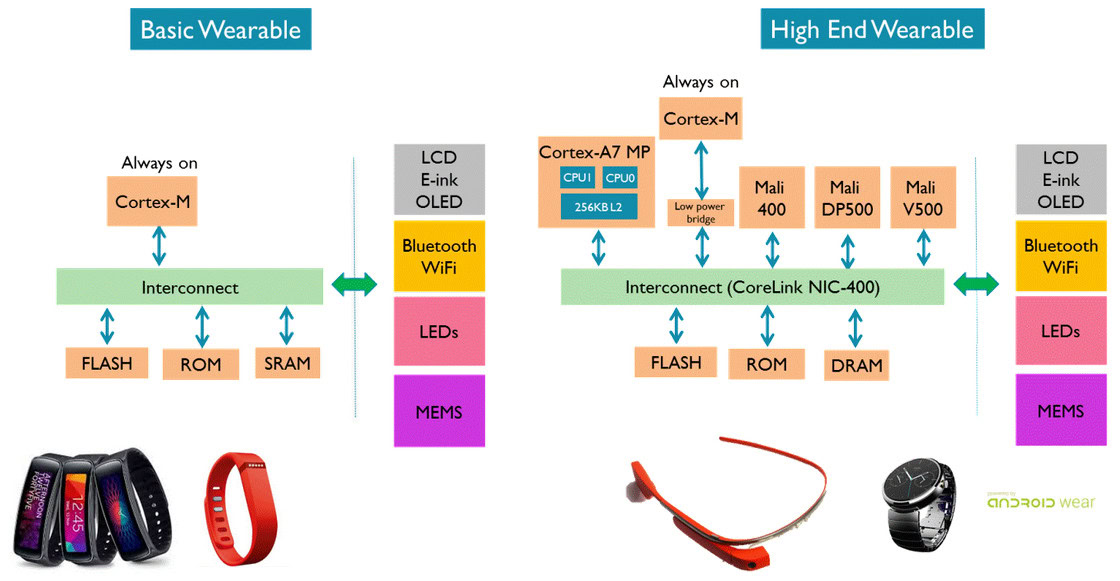
Always-on technologies, such as fitness tracking sensors or step counters, can still make use of the low power Cortex-M processors, for improved energy efficiency, even in devices which use Cortex-A cores as their main CPU. ARM calls this technique “sensor fusion”, where various always-on sensors are used to enhance user interactions, which require low-power processors to perform the necessary software-based algorithms.
Although final aspects of microprocessor designs are still left down to actual silicon providers, such as Qualcomm or Samsung, many existing and future wearable SoCs will no doubt follow very similar design principles. Final designs and power consumption depends on a lot of other factors too, such as WiFi or Bluetooth components, as well as the type of display, including OLED, LCD, or even basic e-ink displays.
Investing in developers
As well as just designing processor components, ARM is also actively engaged with both large semiconductor developers and smaller product designers. This seems like a mutually beneficial arrangement, allowing ARM to design the chips that the industry needs, whilst granting developers access to the essential tools they require to work on these new technologies.
Wearables are still an innovators market, at the moment.
ARM has its own mbed rapid prototyping platform for designers, which includes software and hardware development kits for its range of processors. There is also a range of third party software development tools, both free and commercialised, including the GCC open-source compiler which supports ARM’s 32-bit, 64-bit, and Thumb2 instruction sets, and has front ends for C, C++, Java, and more.
ARM actively maintains a GCC source branch, which is openly available for integration into other third party toolchains and for direct use. ARM regularly releases binaries for its embedded processors, including the full Cortex-M range. Mbed also has its own compiler and online C/C++ integrated development environment, designed entirely around ARM’s embedded processor range and hardware resources.
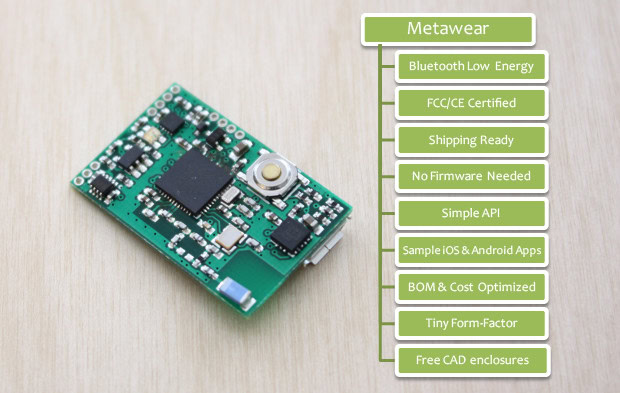
As well as the software support, ARM and other third party companies, such as the successful MetaWear Kickstarter, are also offering a selection of embedded developments boards for wearables, to help developers quickly pick up the parts they need to get their product ideas off the ground. ARM, and its partners, offer their own platforms directly from mbed too. ARM’s close attention to developers could just help someone make the big breakthrough that will make wearables relevant to the mainstream.
The wearables market is poised for some serious growth. ARM has the knowhow, technology, partnerships and the tools available to capitalize on and spur the development of this emerging market segment.
This article was sponsored by ARM.